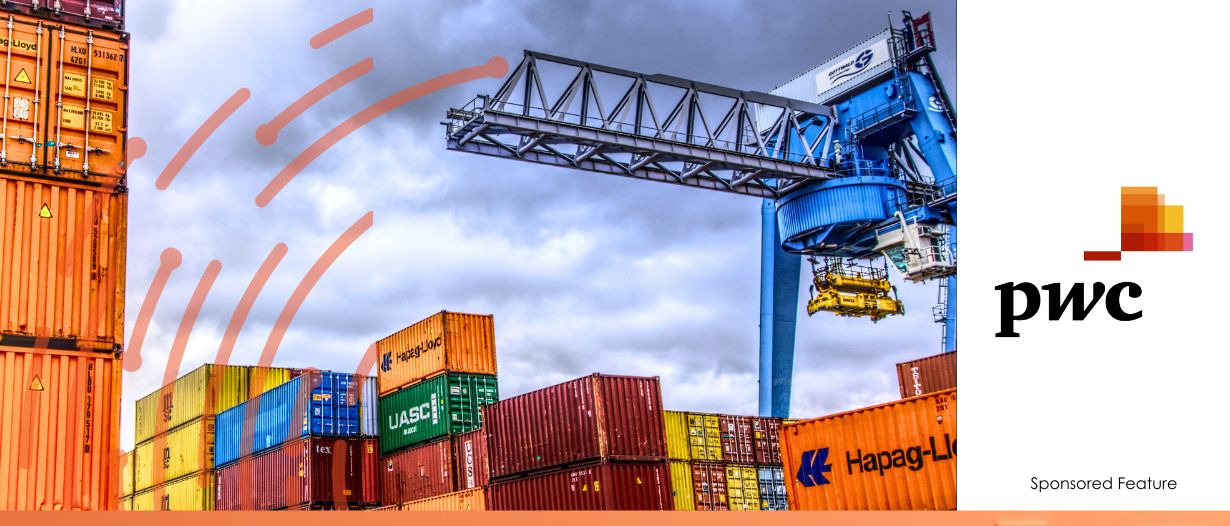- The BexNote is a digital bill of exchange, and has been used at PwC Germany.
- It brings added flexibility and speeds up the transfer of funds.
- However, legislative requirements have slowed their pace of adoption.
The advent of digitalisation presents an opportunity to transform trade finance by addressing long-standing inefficiencies and one such innovation is a digital version of the bill of exchange called the BexNote.
By digitising this fundamental trade finance instrument, the BexNote has the potential to streamline processes, reduce costs, and improve liquidity, especially in sectors like supply chain finance.
To learn more about how the BexNote can transform trade finance, Trade Finance Global (TFG) spoke with Markus Rupprecht, Senior Executive Advisor for Trade and Supply Chain Finance at PwC Germany, and Michael Huertas, Global Financial Services Legal Leader at PwC Legal.
The history and evolution of the bill of exchange
The bill of exchange was used in international trade as early as the 13th century, particularly amongst the Lombards of northern Italy. Merchants usually kept their money in banks across different cities. The bill of exchange allowed them to receive payment as soon as a seller shipped their goods by showing a signed bill of exchange to a banker.
Over time, the instrument became a cornerstone of trade finance, widely used by banks and companies across Europe, particularly in Germany. It allowed for the easy transfer of funds between parties and helped companies secure financing for large transactions.
But as global trade has expanded and transactions become more complex, the bill of exchange’s paper-based nature has begun to show its limitations. Handling physical documents is cumbersome, and prone to errors or fraud.
Rupprecht said, “Because of the cumbersomeness of handling paper, the bill of exchange has gone down in importance and is almost forgotten. Many young bankers today are unfamiliar with this tool.”
Yet, the fundamental concept behind the bill of exchange remains relevant. The challenge is to adapt it to the digital age. This is where the BexNote comes in—a modern, digitised solution that aims to overcome the inefficiencies of its paper-based predecessor.
The BexNote and its potential for digital transformation
The BexNote builds on the foundational principles of the bill of exchange, but with a crucial difference—it is entirely digital.
One benefit of digitalisation is flexibility. With the BexNote, rather than a fixed payment due date, companies can integrate complex conditions into the payment structure. For example, rather than setting a payment date, a BexNote could trigger payments based on key performance indicators (KPIs) connected to specific events: the number of times a crane is lifted, for instance, or an aeroplane lands.
The BexNote also makes it quick and easy to transfer financial obligations. It can be sold or traded in much the same way that securities are exchanged in financial markets, making it fungible and enabling a broader range of investors to participate.
Rupprecht said, “One of the beauties of the bill of exchange is that it doesn’t have to be a bank purchasing it. It can be a hedge fund, a pension fund, a family office, or you or me: if you have enough money in liquidity.
“This characteristic opens up the whole industry, and it will democratise the way global trade-related money and trade-based lending is handled in the future.”
Perhaps the most important benefit of the BexNote is that it allows for real-time tracking and verification. This speeds up transaction processing, with improvements to cash flow and delays. The operational efficiencies of a fully digital instrument cannot be overstated, and the BexNote is set to revolutionise the way trade is conducted in the digital era.
If that sounds a little too good to be true, it might be because, under the current legislative environment in many jurisdictions, it kind of is… at least for now.
Legal and regulatory obstacles to adoption
Huertas said, “A lot of legislative requirements in certain jurisdictions still very much hold paper in the highest regard.” Many jurisdictions still require paper documents and wet ink signatures, particularly for financial instruments like bills of exchange, presenting a hurdle for digital alternatives like the BexNote.
The legal landscape for bills of exchange in the European Union (EU) is particularly fragmented. Each member state maintains its own legal framework governing its use, many of which date back to the pre-EU era. This patchwork of laws makes it difficult for companies operating across borders to adopt a uniform digital solution.
However, there has been progress: European countries are in various stages of implementing the UNCITRAL Model Law on Electronic Transferable Records (MLETR), a framework designed to support the use of electronic records for trade finance that are functionally and legally equivalent to their paper-based counterparts and wet ink signatures.
To increase MLETR adoption, stakeholders must collaborate at the institutional level. The UK has already taken steps to facilitate the use of digital trade documents and electronic signatures under its Electronic Trade Documents Act 2023 (ETDA), and individual G7 countries like France and Germany are exploring similar frameworks.
Huertas said, “If adopted by the EU on a pan-European basis, MLETR will provide efficiency and legal certainty. And that’s exceptionally important to put that overlay on national-bound bills of exchange laws and achieving a change of mindset.”
Currently, many EU-based companies looking to use BexNote have to rely on the UK’s regulatory framework for digital bills of exchange. An EU Regulation would allow uniform MLETR adoption and future-proof legal certainty, benefitting trade across the EU’s Single Market.
As more jurisdictions embrace digital trade laws, the BexNote and other digital solutions should gain wider acceptance as they are built on common operational and legal standards.
Practical benefits for businesses
Using digital tools like the BexNote will benefit importing and exporting businesses, particularly in terms of liquidity management and regulatory compliance.
One of the biggest advantages is that it treats trade liabilities as operational capital rather than financial capital for non-financial sector corporates. This distinction allows companies to maintain healthy balance sheets without increasing their financial liabilities, which can help them better manage their cash flow and improve their financial standing with rating agencies.
Its flexibility also enhances liquidity management. Companies can choose to hold onto the BexNote until maturity or sell it to a third party to generate immediate cash, allowing them to respond to changing financial conditions.
Rupprecht said, “If [a business’] liquidity position is good, they can keep the BexNote and present it to their buyer on the maturity date. But if they need liquidity, they can sell it. At each particular moment, the possessor always has the choice, because its fungibility makes it easily traded.”
Additionally, the BexNote simplifies the process of engaging smaller suppliers in supply chain finance programmes. In traditional programmes, banks often hesitate to work with small and medium-sized enterprises (SMEs) due to the high cost of conducting Know Your Customer (KYC) procedures.
The BexNote reduces this complexity by streamlining the transfer of financial obligations, making it easier for banks to include SMEs in their programmes. As a result, more suppliers can access financing, which improves the overall health and resilience of the supply chain without compromising KYC compliance.
–
The digitisation of bills of exchange through solutions like the BexNote addresses long-standing inefficiencies, and can thereby allow businesses to better manage liquidity and optimise their financial strategies.
While regulatory hurdles remain, adopting digital trade laws across jurisdictions will likely pave the way for wider acceptance of digital instruments like the BexNote.























